The 1984 Bhopal disaster that exposed thousands in the Indian city to toxic methyl isocyanate has had long term, intergenerational effects on victims, a new study has found.
Researchers from the University of California, San Diego note that multiple studies have shown a broad spectrum of serious long term and chronic health effects for hundreds of thousands of survivors, including respiratory, neurological, musculoskeletal and endocrine problems. ‘These impacts may be the tip of the iceberg however, given that [methyl isocyanate] toxins affected groundwater and the reproductive health and other health outcomes of exposed women, factors suggesting that generations not exposed to the toxic gas directly may nevertheless suffer adverse health and social impacts of the [Bhopal disaster] event,’ the authors write.
Previous research has revealed that decades after the disaster, menstrual abnormalities and premature menopause are common problems among exposed women and their female offspring. Methyl isocyanate has also been shown to damage chromosomes – early clinical studies revealed signs of increased chromosomal aberrations.
The new study has found that the disaster affected people across a more widespread area than was previously thought. Up to around 100km from the site, as opposed to the 4.5km radius that was considered by public health officials and researchers after the disaster.
The researchers attempted to investigate long term, intergenerational impacts of the disaster using government data from the National Family Health Survey (NFHS)-4 and 1999 Indian Socio-economic Survey. They discovered that women pregnant at the time of the disaster were more likely to give birth to a boy who went on to have a disability that affected their employment 15 years later, and had higher rates of cancer and lower educational attainment over 30 years later. ‘These results indicate social costs stemming from the disaster that extend far beyond the mortality and morbidity experienced in the immediate aftermath,’ they note.
‘We find that men currently living within 100km of Bhopal and born in 1985 have an eightfold higher risk of cancer than men of other birth cohorts; of those men, those who have never changed residence since the disaster have a 27-fold higher risk of cancer,’ the authors write. Migration in the affected area was relatively low and the researchers found that 91% of the population remained in the same area post-1984.
‘This is new information from a fairly decent NFHS survey and indeed it is very likely that the disaster not only had a serious impact when it occurred but continues to have much longer-lasting impacts on health,’ says epidemiologist Swarup Sarkar, former director with the World Health Organization and currently a researcher at the University of Gothenburg, Sweden. ‘Their evidence is quite powerful,’ he adds. ‘Once the disability happens, educational as well as employment effects are quite possible and to postulate the reasons for geographic spread would be an important next step and the affected community needs to be involved in these postulations to shape remedial policy measures.’
Rashida Bee, president of a Bhopal victim’s organisation, says the new study has vindicated the stand of survivors on the magnitude and long-term consequences of the disaster against the deliberate downplaying of its impact by Union Carbide and the Indian government. ‘We demand that Union Carbide and Dow Chemical [which now owns Union Carbide] pay compensation for the health damage to the generation born to the survivors after the disaster.’
References
GC McCord et al, BMJ Open, 2023, 13, e066733 (DOI: 10.1136/bmjopen-2022-066733)





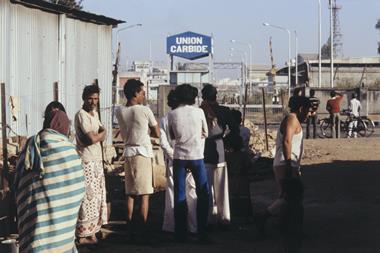
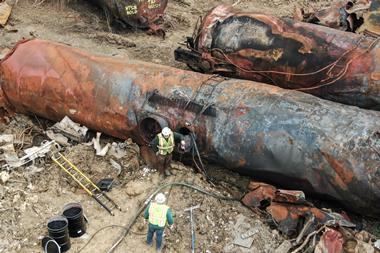
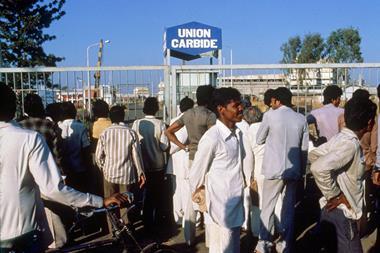
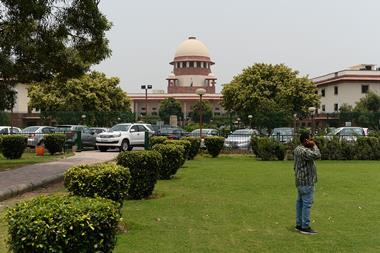
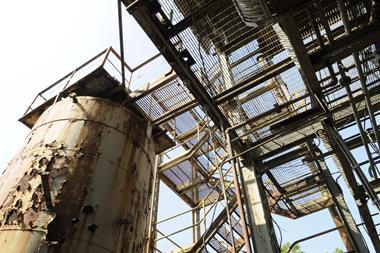







No comments yet